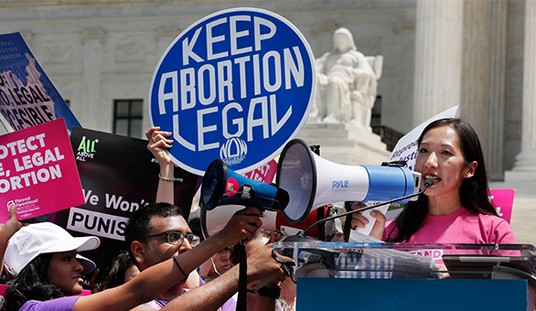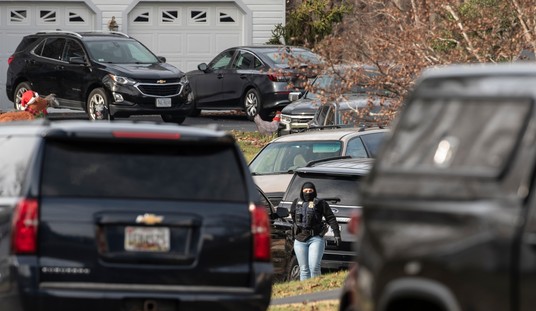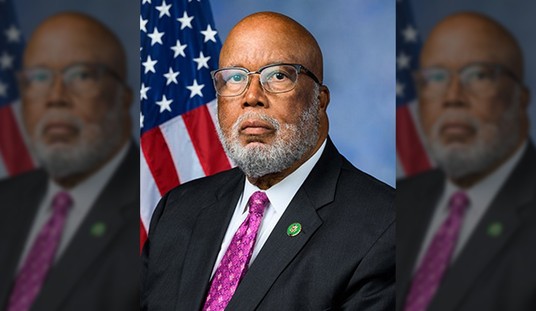As America begins to truly understand that the high cost of having too much fat in one’s diet can lead to a heart attack, three interconnected stories* appeared in the last 24 hours that deserve some attention.

The first is that, every January, the Department of Labor’s Bureau of Labor Statistics releases its union membership data report. Not surprisingly, today’s BLS report summary reveals that U.S. union membership sell dramatically in 2010.
Here are the hard numbers:
- Overall union membership is down to 11.9 percent, from 12.3 percent a year earlier
- Unions lost 612,000 members and now stand at 14.7 million members
- In 1983, union membership was at 20.1 percent with 17.7 million members
- Private vs. Public Sector Union Membership
- Public-Sector union membership, which represent 36.2 percent of all public-sector workers, stands at 7.6 million workers
- Private-Sector union membership, which represents 6.9 percent of all private-sector workers, stands at 7.1 million workers
- The breakdown:
Within the public sector, local government workers had the highest union membership rate, 42.3 percent. This group includes workers in heavily unionized occupations, such as teachers, police officers, and fire fighters. Private sector industries with high unionization rates included transportation and utilities (21.8 percent), telecommunications (15.8 percent), and construction (13.1percent). In 2010, low unionization rates occurred in agriculture and related industries (1.6 percent) and in financial activities (2.0 percent). [Emphasis added.]
- Age differences. Older workers (55-64) represented the highest percentage of union membership with 15.7 percent, while younger workers (16 to 24) represented the lowed at 4.3 percent. [This explains the AFL-CIO’s push to target America’s youth.]
There is more data that the Bureau of Labor Statistics has reported which you can find here. However, the interesting note about this is the timing of the BLS’ report, especially in light of the fact that the cost of unions is coming home to roost in so many states.
It may only be a coincidence of timing, but the main story on Drudge last night was the New York Times piece on how Congressional policymakers are studying (quietly) how to let states declare bankruptcy:
Policy makers are working behind the scenes to come up with a way to let states declare bankruptcy and get out from under crushing debts, including the pensions they have promised to retired public workers.
[snip]
Beyond their short-term budget gaps, some states have deep structural problems, like insolvent pension funds, that are diverting money from essential public services like education and health care. Some members of Congress fear that it is just a matter of time before a state seeks a bailout, say bankruptcy lawyers who have been consulted by Congressional aides.
[snip]
Bankruptcy could permit a state to alter its contractual promises to retirees, which are often protected by state constitutions, and it could provide an alternative to a no-strings bailout. Along with retirees, however, investors in a state’s bonds could suffer, possibly ending up at the back of the line as unsecured creditors.
[snip]
For now, the fear of destabilizing the municipal bond market with the words “state bankruptcy” has proponents in Congress going about their work on tiptoe. No draft bill is in circulation yet, and no member of Congress has come forward as a sponsor, although Senator John Cornyn, a Texas Republican, asked the Federal Reserve chairman, Ben S. Bernanke, about the possiblity in a hearing this month.
Though there has been forewarning about this issue for quite some time, it seems that the light is finally being shed on the costs that union membership has wrought on America.
California Uber Alles
Now that he’s returned to the Governor’s office, California’s Jerry Brown, the same governor who gave California unions the ability to put a noose around the Golden State’s neck 34 years ago has declared a fiscal state of emergency.
Jerry Brown, California’s governor, declared a state of fiscal emergency on Thursday for the government of the most populous US state to press lawmakers to tackle its $25.4 billion budget gap.
[snip]
Brown was sworn in to his third term early this month and has presented lawmakers with a plan to balance the state’s books with $12.5 billion in spending cuts and revenue from tax extensions that voters must first approve.
Already, Brown is taking flak from the Left, as noted in this piece: “Capitalism means crisis, no matter who is ‘in the government.’ Only revolution can sweep away this mess.” However, unions, who spent so much time and money fighting Brown’s predecessor, Arnold Schwarzenegger (as well as the resources and dirty tricks to defeat Meg Whitman) may have resigned themselves to facing reality.
Brown put his plan on the table at a time when state government is hamstrung, short on cash and limited in its choices. Fellow Democrats and entrenched interests who for years have fought some of the same cuts and taxes seemed to acknowledge that if Brown fails, the consequences will be dire.
[snip]
Union members who fought similar cuts in recent years also seemed resigned.
“We’re feeling a little better about this budget,” said Barbara Blake, a registered nurse and state secretary of the United Nurses Assn. of California.
Unfortunately, all of this may be too little too late as America’s economy and the politicians continue coming to grips with the costs of unionization.
[* Emphasis added throughout.]
_________________
“I bring reason to your ears, and, in language as plain as ABC, hold up truth to your eyes.” Thomas Paine, December 23, 1776













Join the conversation as a VIP Member